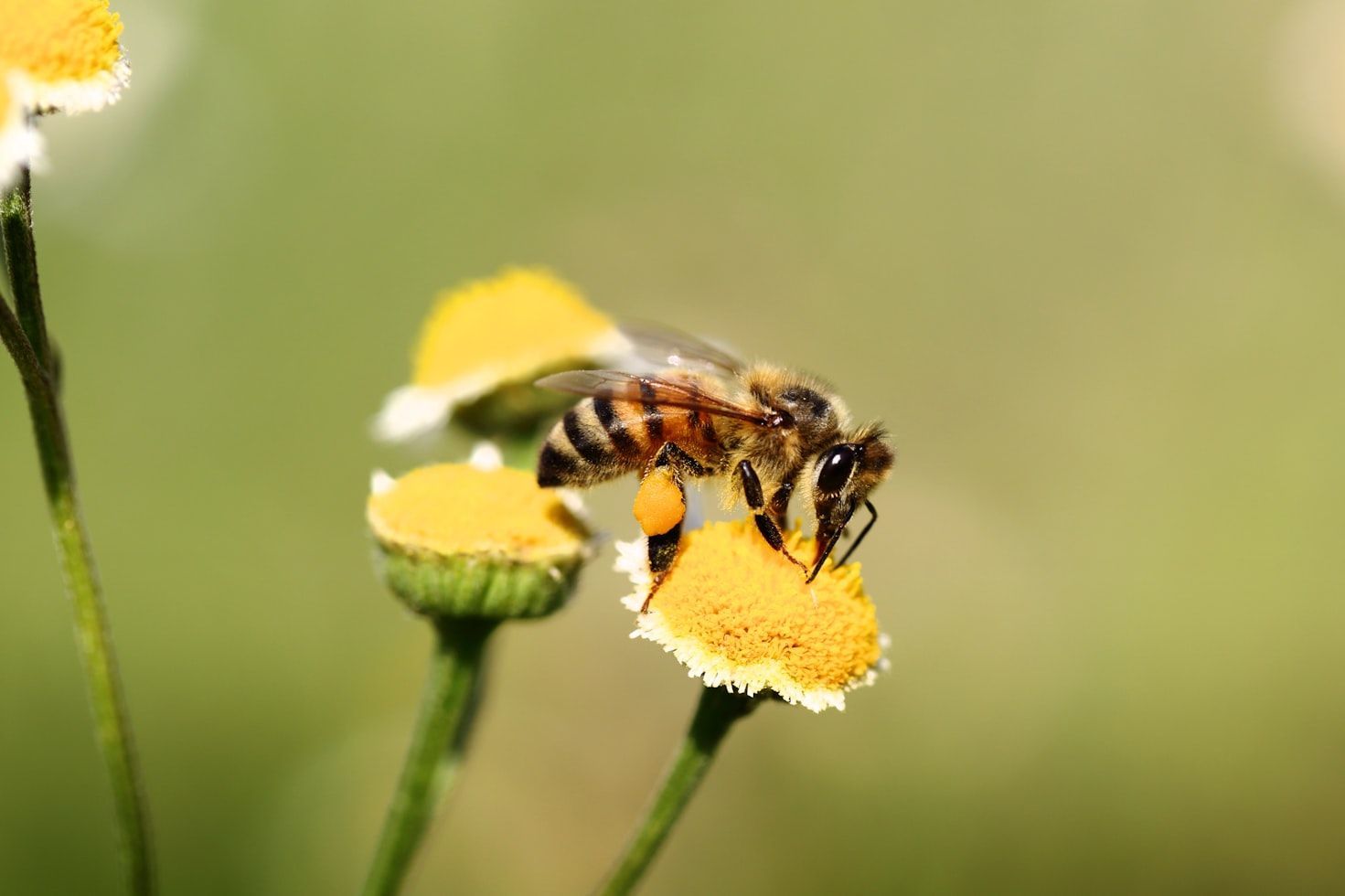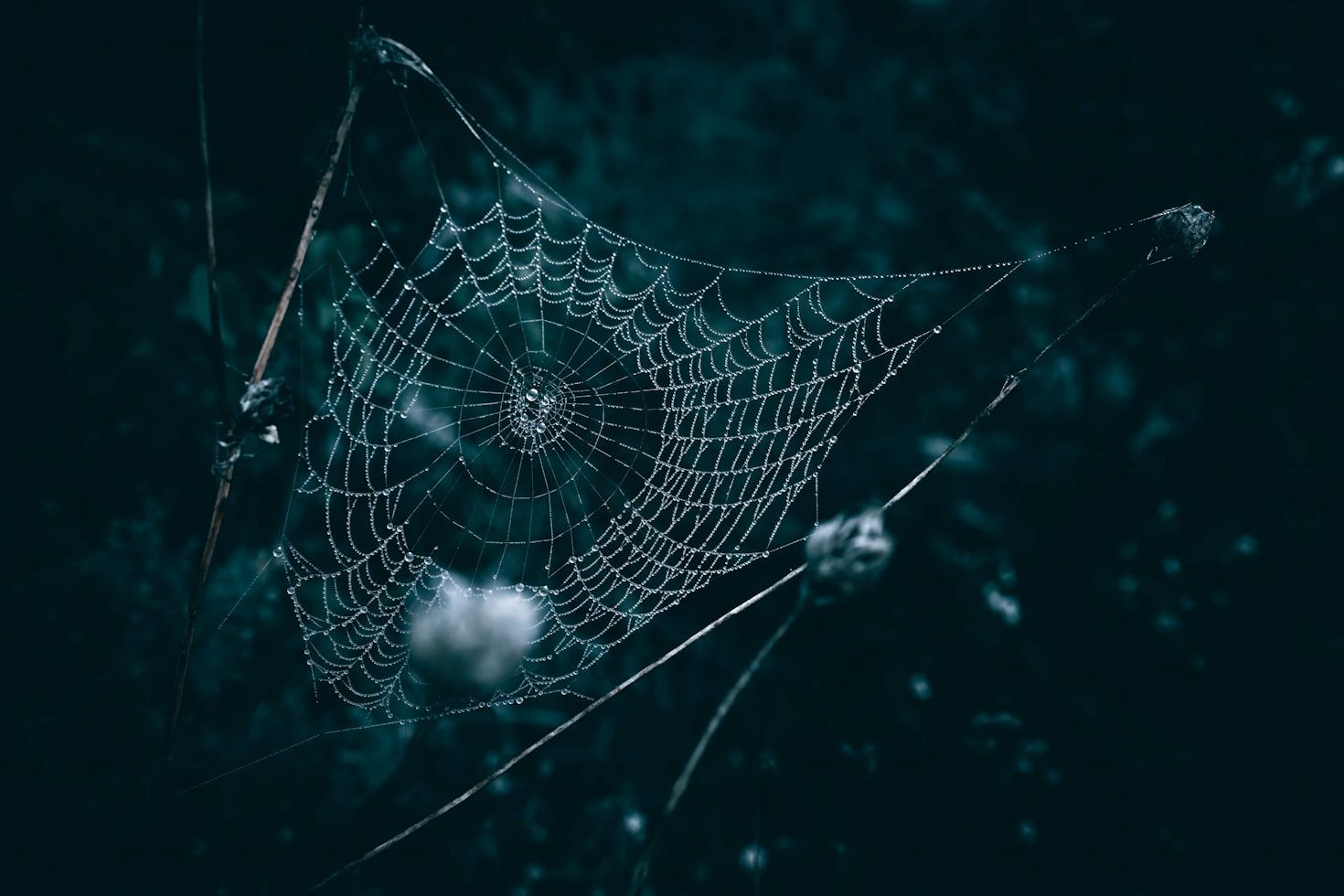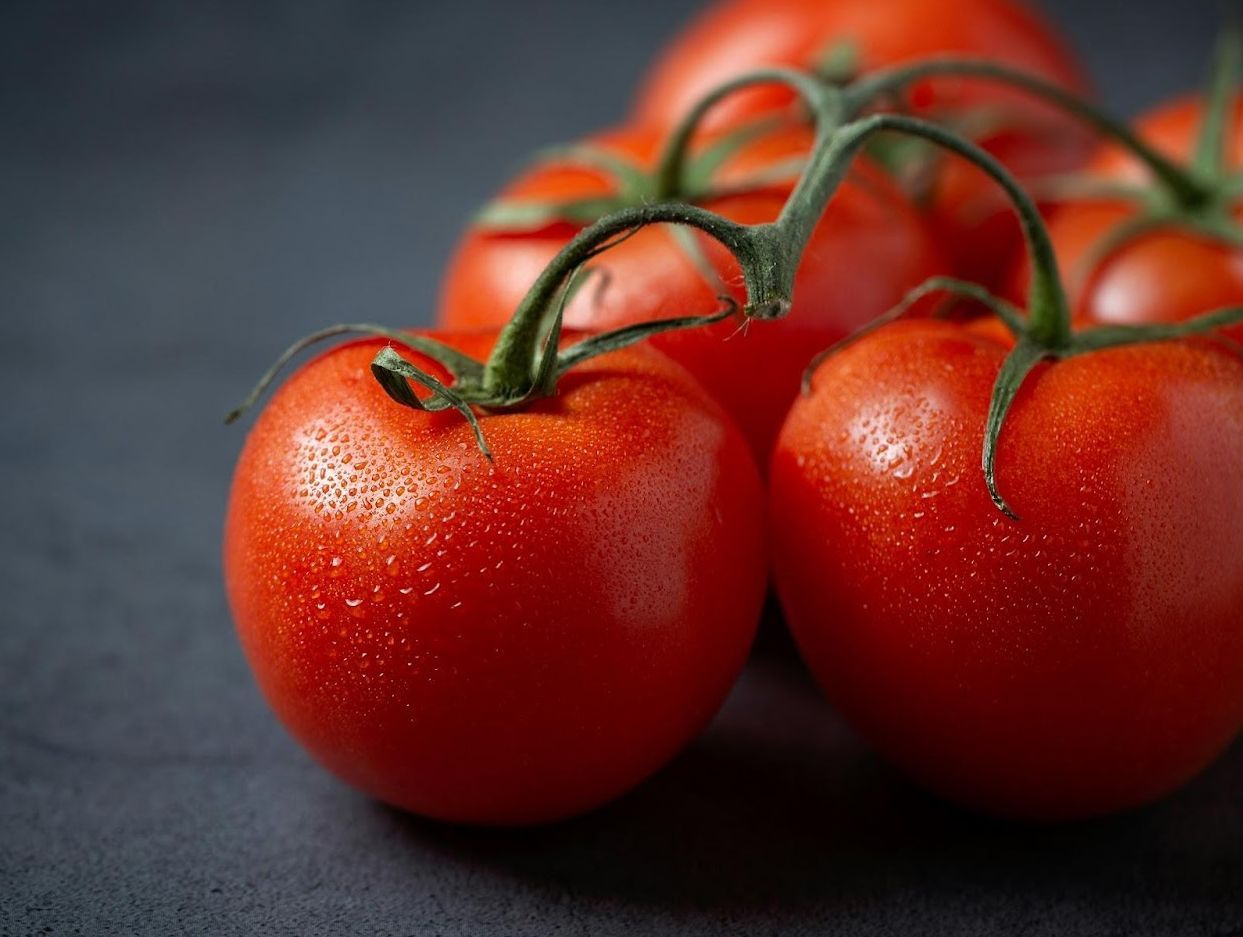Stranger danger
What is the deadliest animal on the planet? The answer will shock you!
Published on May 30, 2025
 Credit: GEORGE DESIPRIS
Credit: GEORGE DESIPRIS
When we think of the most dangerous species of the animal kingdom, the first things that come to mind are snakes, sharks, and crocodiles. While these animals are sometimes lethal to humans, others are even more so. Read on to discover 12 of the world's most terrifying animals. Some of them will probably shock you!
Hippos
 Credit: Chris Stenger
Credit: Chris Stenger
Hippos can be as adorable as they are dangerous. They love water and spend up to two-thirds of their day submerged in rivers and swamps in central and southern sub-Saharan Africa. But behind that gentle, easy-going image lies one of the most aggressive species —even more so than lions and rhinos— killing up to 500 people a year.
With long tusks, strong jaws, and a weight that can reach 5,000 lb, they do not hesitate to confront any species when it comes to guarding their territory. Although they may seem somewhat lazy, they are fast, strong, and territorial. So be respectful and do not disturb their habitat!
Snakes
 Credit: Peter Bartel
Credit: Peter Bartel
There are many dangerous snakes in the world, but the one you should be more cautious about is the Taipan. The inland Taipan, a species endemic to Australia and New Guinea, has the most lethal toxins, and its bite can kill a person in just 45 minutes. Fortunately, there is an antidote to counteract its venom!
This species and others as dangerous as the Black Mamba and the Royal Cobra are responsible for the death of no less than 80,000 to 130,000 people per year globally.
Sharks
 Credit: Gerald Schömbs
Credit: Gerald Schömbs
There are more than 350 species of sharks, but only three are responsible for the highest percentage of attacks on humans: the great white shark, the tiger shark, and the bull shark. Although sharks are dangerous, they are not the most lethal animal for humans. In the last century, there has been an average of only 6 fatal attacks per year, with Australia having the highest number of incidents.
As a matter of fact, despite their reputation as vicious predators in movies, they are often the victims. Sharks are heavily hunted for their skin, fins, meat, and even their organs.
Scorpions
 Credit: Andrey Tikhonovskiy
Credit: Andrey Tikhonovskiy
This predatory arachnid arthropod is another of the most dangerous animals for humans: it kills approximately 5,000 people per year worldwide. Scorpions can live in a variety of habitats, from deserts to urban areas, and it’s common to find them under rocks, in crevices, or in construction debris.
However, of the more than 1,000 venomous scorpion species, only about 25 can be deadly to humans. The most venomous scorpion is the thick-tailed scorpion, responsible for 90% of the deaths caused by scorpion attacks in Africa.
Bees
 Credit: Gary Yost
Credit: Gary Yost
In general, bees aren’t violent, but they should be treated with the utmost respect and care since they tend to act in self-defense. When they sting, they can cause anything from a minor injury to acute poisoning if the attack occurs on a person allergic to their venom.
The Apis mellifera scutellata (Africanized honey bee) are among the most fearsome because they act in swarms: although they attack only if provoked, their defense mechanism is so aggressive that they do not stop until they catch and sometimes kill their prey. In the United States alone, between 50 and 100 people die each year as victims of bee attacks.
Lions
 Credit: Amar Yashlaha
Credit: Amar Yashlaha
Despite being carnivores and eating any animal they come across to satisfy their hunger, they kill far fewer people in the world than one might expect. In Tanzania, the birthplace of the African lion, about 22 humans die each year attacked by these animals and it is estimated that there are no more than 100 victims worldwide.
Not that lions are not to be feared: they attack in groups, are capable of running at a speed of 46.0 mph, and can digest 66 lb of meat in a single meal with their sharp teeth and particular claws. So, beware!
Jellyfish
 Credit: Mathieu CHIRICO
Credit: Mathieu CHIRICO
Although it’s not in their nature to attack their prey, jellyfish can be dangerous to humans. If you accidentally touch one while swimming, you will be stung and its tentacles will immediately release venom, in many cases even if the animal is dead.
Some species, such as the box jellyfish —found in Australia, the Philippines, and other tropical areas—, are the most lethal. They send out toxic stingers capable of stopping a person's heart in less than five minutes. Jellyfish stings affect hundreds of thousands of humans globally, and numbers indicate that up to 100 of those are fatal. Believe it or not, the smallest are the most poisonous!
Spiders
 Credit: Wyxina Tresse
Credit: Wyxina Tresse
Like most animals, spiders will attack only if they feel in danger. If they bite, many pose no threat to humans other than mild swelling or a rash. Others, however, carry deadly venom, such as the Brown Widow, the Red Widow, the Redback, and the Funnel-web spiders.
Fortunately, there are effective antidotes for almost all spider bites. Yet, at least 50 people die worldwide each year, 7 of them in the United States.
Crocodiles
 Credit: Jen Palmer
Credit: Jen Palmer
These ancient animals are the largest reptiles in the world —they can be up to 20 feet long and weigh over 2,200 lbs. Their powerful jaws and high-action speed make them terrifying to their prey, including humans.
The most dangerous are the saltwater species, abundant in swampy areas of Southeast Asia, northern Australia, and Africa. Saltwater crocodiles are responsible for at least 1,000 deaths annually, the highest number of victims for a large animal.
Ants
 Credit: Yanuka Deneth
Credit: Yanuka Deneth
Did you know that there is a species of ant that releases a poison even more powerful than arsenic or cyanide? The bulldog ant, considered the most dangerous ant in the world, is solitary and aggressive. It lives in parts of Australia, and if it feels threatened, it can cling to its prey with its jaws and sting simultaneously, killing an adult in just 15 minutes.
Another ant to watch out for is the Siafu ant, also known as the army ant. Known for having larger mandibles than most insects of its size, it is found in West Africa and the Congo. This species of ant attacks in groups and can devour an animal a thousand times bigger than their size.
Dogs
 Credit: Devon Janse van Rensburg
Credit: Devon Janse van Rensburg
Although it may sound strange, man's best friend is the third-deadliest animal to humans. While deaths from dog attacks are uncommon, a bite from these animals can transmit a lethal disease.
According to the World Health Organization (WHO), 59,000 people die each year worldwide from rabies —95% of them in Asia and Africa— a virus transmitted by the saliva of unvaccinated dogs.
Mosquitoes
 Credit: National Institute of Allergy and Infectious Diseases
Credit: National Institute of Allergy and Infectious Diseases
When you think of the most lethal animal to humans, what comes to mind? Perhaps a shark or any of the venomous creatures listed in this article, such as snakes and scorpions. Well, you’d be wrong. According to the U.S. Centers for Disease Control and Prevention (CDC), the animal that threatens human life the most is none other than the mosquito.
Yes, this slender, long-legged little insect, whose buzzing sound is one of the most annoying sounds in the world, is the deadliest animal on the planet. Why? Because mosquitoes are vectors of many dangerous diseases, such as malaria and dengue fever. According to the WHO, mosquito-borne diseases cause some 700,000 deaths a year.












